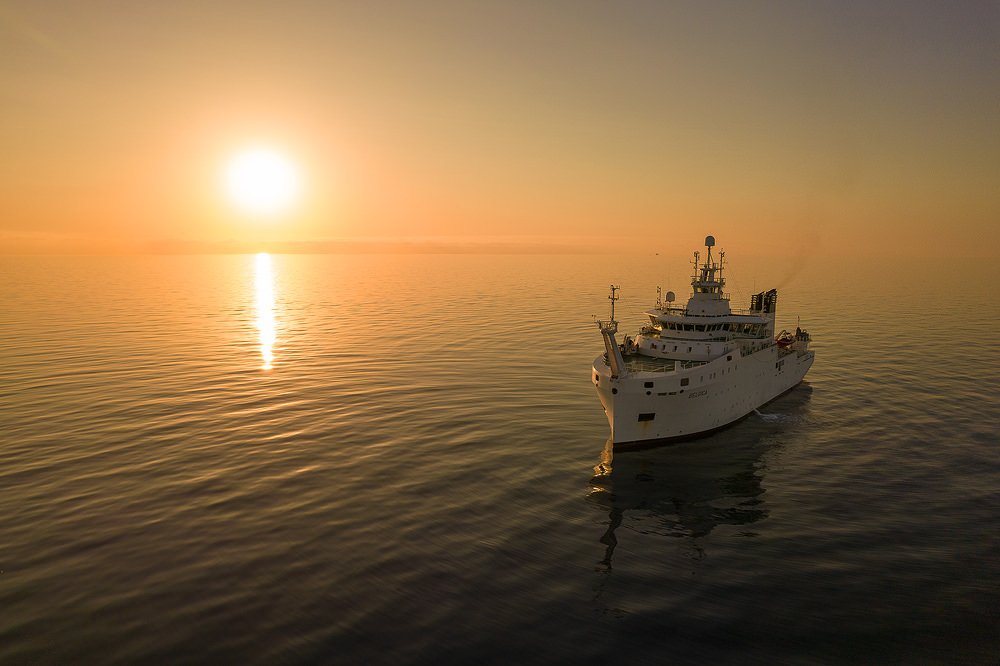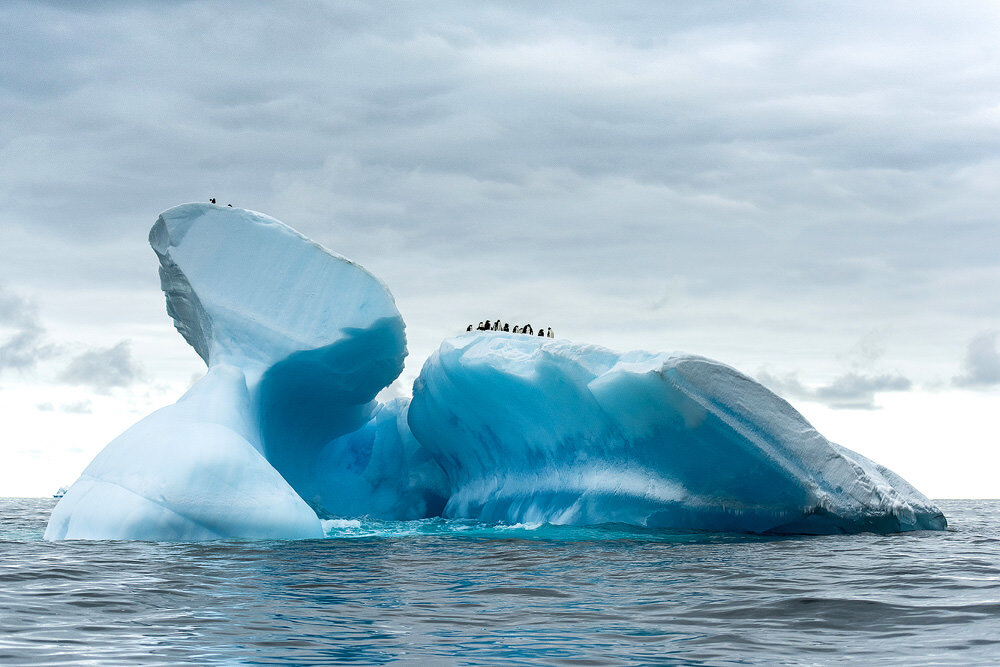SELECTED PROJECT OVERVIEW
Christian Clauwers’ projects focus on capturing the natural world and its fragile beauty through photography and storytelling. Each project highlights key global challenges, including climate change, biodiversity loss, marine and polar research, and the complex relationship between humans and nature.
With a universal message and scientific evidence at the core, these projects aim to inspire awareness and action by bridging art, science, and sustainability. From documenting remote polar regions and indigenous knowledge to highlighting vulnerable ecosystems and sea-level rise, Christian’s work serves as a call to protect our planet for future generations.
Discover more about each project by clicking on an image below.
> PACIFIC OCEAN
> R/V BELGICA
> SEED VAULT
> WHITEOUT
> WAVES
> INDIAN OCEAN
> ATLANTIC OCEAN
> ANTACTICA
> THE ARCTIC
SEA WALLS & MANGROVES
Sinking Islands in the Pacific on the frontline of Global Warming
-
The ongoing Pacific Ocean Project by Christian Clauwers focuses on climate change and global warming, exploring how vulnerable island nations adapt to this critical issue. He has interviewed prime ministers, the presidents of Kiribati and the Marshall Islands, corporations, NGOs, universities, and private citizens, documenting the urgent challenges these regions face.
Christian has traveled across New Caledonia, Vanuatu, Solomon Islands, Kiribati, Tuvalu, Palau, Nauru, Tonga, Samoa, French Polynesia, Lord Howe Island, Easter Island, Fiji, Hawaii, Robinson Crusoe Island, Micronesia, Pitcairn and the Marshall Islands, capturing the realities of climate change in these often-overlooked regions.
As a Climate Pact Ambassador of the European Union, Christian is committed to raising awareness and ensuring that the Pacific remains on the global agenda. Despite contributing less than 0.03% to global emissions, Pacific Islanders are among the most affected by rising sea levels, forcing them to construct seawalls and implement protective measures against coastal erosion and flooding.
Through this project, Christian highlights their resilience and the urgent need for global climate action.
R/V BELGICA
-
In May 2022, Christian Clauwers joined the TAlPro22 scientific expedition aboard the R/V Belgica, a state-of-the-art Belgian research vessel, to document and visually communicate oceanographic research in the western Mediterranean Sea. This mission, part of the Med-SHIP program, focused on understanding climate-driven changes in the Mediterranean’s deep waters.
Over ten days, 24 scientists from eight countries conducted extensive research at 30 hydrographic stations, collecting data on sea temperature, salinity, dissolved oxygen, and carbon storage. These measurements help quantify the impact of human-induced carbon emissions and track changes in the deep-sea ecosystem, including zooplankton distribution and biodiversity through environmental DNA (eDNA) analysis.
As an expedition photographer, Clauwers played a key role in bridging science and policy through visual storytelling, capturing the complexity and urgency of ocean observation. His work highlights how marine research contributes to a better understanding of climate change, biodiversity loss, and ocean acidification, ensuring that scientific findings reach a wider audience, including policymakers, institutions, and the public.
Since 2024, Christian Clauwers has been officially commissioned by the Belgian Science Policy Office (BELSPO) to lead outreach and dissemination for the R/V Belgica, Belgium’s only state-of-the-art research vessel. Through his work, he continues to connect scientific exploration with global awareness, promoting the crucial role of ocean research in tackling environmental challenges.
-
In a remote, frozen landscape just 1,000 km (620 miles) from the North Pole, a bunker was carved deep into the rocks near Longyearbyen, Spitsbergen. Established by the Norwegian government in 2008, this 130-meter-long tunnel leads to three secure vaults, maintained at -18°C (0.4°F)—a safeguard for the future of global agriculture.
Inside the vault, over 1,331,458 seed samples from around the world are stored, protecting crop biodiversity from threats such as natural disasters, climate change, and conflict. With the capacity to preserve 4.5 million seed varieties, the facility serves as an unparalleled safety net for global food security.
Its remote Arctic location, far from war zones, seismic activity, and rising sea levels, ensures optimal conditions for long-term preservation, further reinforced by deep permafrost protection.
After eight months of networking and persistence, Christian Clauwers was granted the rare privilege of entering this hidden repository of the world’s agricultural heritage. His journey, along with his exploration of other Arctic preservation sites, is featured in his book "Frozen Heritage – Arctic Vaults & The Future of Our History." This work provides an in-depth look at how humanity safeguards its most vital knowledge, culture, and biodiversity for future generations.
-
WHITEOUT is an art project featuring 28 photographs that capture the serenity, silence, and splendor of the polar regions, accompanied by 26 poems, songs, and insights from the indigenous peoples of the Arctic, particularly the Sámi and Inuit.
More than just a visual project, WHITEOUT offers a unique perspective on the Arctic’s fragile beauty and the semi-nomadic cultures that have thrived there for centuries. Each image evokes a poetic silence, exploring the boundaries of the visible—a tribute to a world on the edge of change.
To support this indigenous awareness project, Christian Clauwers has published a limited-edition art book, restricted to 250 individually numbered and signed copies, each personally signed by the poet and photographer. All photographs are available for purchase, contributing to Christian's mission of preserving and sharing indigenous knowledge and sustainability insights.
-
Having navigated the five oceans in pursuit of capturing their beauty, Christian Clauwers dedicates his first hardcover book to the essence of life itself: water.
WAVES is an art project featuring 24 fine art photographs, complemented by a high-quality limited edition book that merges photography and poetry. This exclusive book is limited to 250 individually numbered and signed copies, personally signed by both the poet and the photographer.
All photographs are available for purchase, offering a unique opportunity to own a piece of this artistic exploration of the power and poetry of the ocean.
-
In 2019, Christian Clauwers embarked on a three-week expedition aboard the Marion Dufresne, the French government’s scientific vessel, which supplies scientists and researchers in the French Southern and Antarctic Lands (TAAF) with essential provisions, equipment, and support.
Navigating 9,000 km of turbulent ocean through the Roaring Forties and Furious Fifties, this journey provided a rare opportunity to document one of the most remote and ecologically significant regions on Earth. Clauwers was fully integrated into the ship’s operations, collaborating with researchers and witnessing the fragile beauty of these isolated ecosystems—home to some of the world’s largest seabird and marine mammal populations.
The French Southern Lands and Seas are a vast, protected nature reserve, playing a critical role in biodiversity conservation, carbon regulation, and climate research. Despite their isolation, these ecosystems are increasingly affected by climate change, invasive species, and human impact.
With his camera as a witness, Clauwers sought to capture the raw essence of these wild territories, offering a glimpse into their untouched landscapes and the urgent need for conservation. His images preserve a moment in time, providing both scientific insight and artistic tribute to one of the last true wildernesses on Earth.
-
In 2018, Christian Clauwers embarked on a five-week expedition across the South Atlantic Ocean, sailing from Ushuaia, Argentina—the southernmost city in the world—to the Cape Verde Islands. This extraordinary journey led him through some of the most remote and untouched islands on Earth, where he spent weeks surrounded by the vast, open ocean, encountering stunning wildlife and breathtaking landscapes.
This odyssey is a tribute to the raw beauty of our fragile planet, capturing the essence of places rarely seen by human eyes. Clauwers seeks to enter the unknown, exploring the last pristine wildernesses untouched by man. Through his lens, he aims to photograph with his soul, ensuring that every image speaks not only of nature’s magnificence but also of our connection to the planet and to ourselves.
-
In 2017, Christian Clauwers embarked on a five-week semi-circumnavigation of Antarctica, crossing the turbulent Southern Ocean from Bluff, New Zealand, to Ushuaia, Argentina. This expedition provided a rare opportunity to witness some of the most remote and untouched places on Earth, encountering penguins, whales, albatrosses, orcas, and other unique wildlife.
During the journey, Clauwers visited five scientific stations and the historic huts of legendary explorers such as Ernest Shackleton, Robert Falcon Scott, and Carsten Borchgrevink, reaching these sites via helicopter and Zodiac landings.
A highlight of the expedition was the Dry Valleys, one of the coldest and driest deserts on Earth, only accessible by helicopter after the ship was stationed in the pack ice. Discovered by Robert Falcon Scott in 1903, he referred to them as “valleys of death”—yet even in this harsh landscape, microscopic life thrives. A mystery that still puzzles scientists today is the presence of seal mummies found far inland, with no clear explanation as to why these animals ventured into the desert, only to perish.
This expedition was not just a journey across Antarctica but an exploration of one of the last great wildernesses on Earth, revealing its stunning beauty, harsh extremes, and enduring mysteries.
-
For centuries, the polar regions represented a pure, untouched world—a vast, inhospitable wilderness where temperatures plummeted far below zero, claiming the lives of many explorers and researchers.
Today, the poles stand as a symbol of global warming. Despite their immense scale, they are among the most vulnerable regions on Earth. Even the slightest temperature increase has a profound impact, accelerating the melting of ice masses and glaciers and threatening the fragile ecosystems that call these extreme environments home.
STAY CONNECTED – FOLLOW THE JOURNEY








